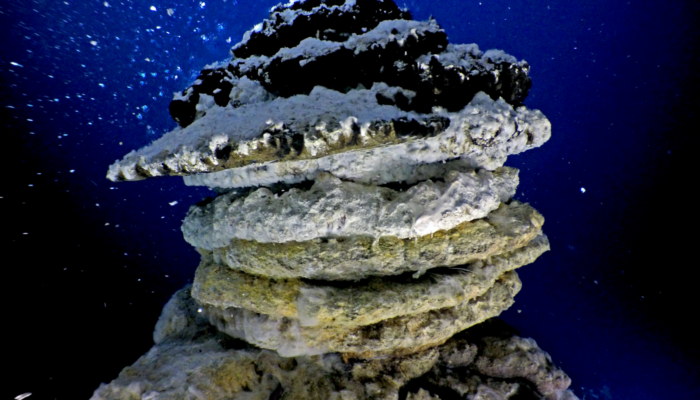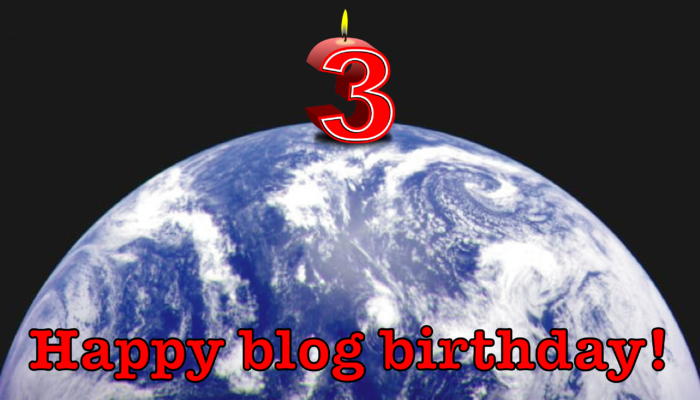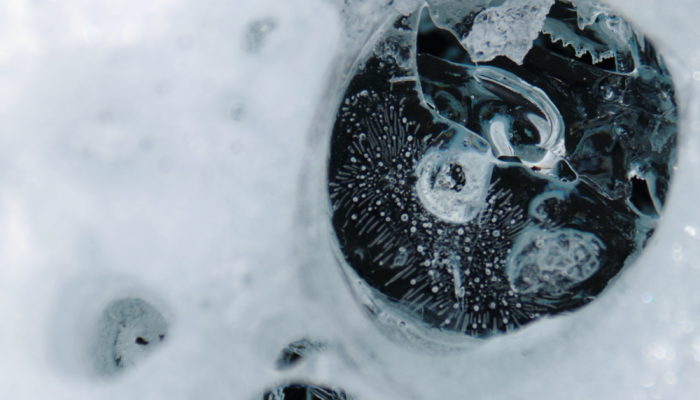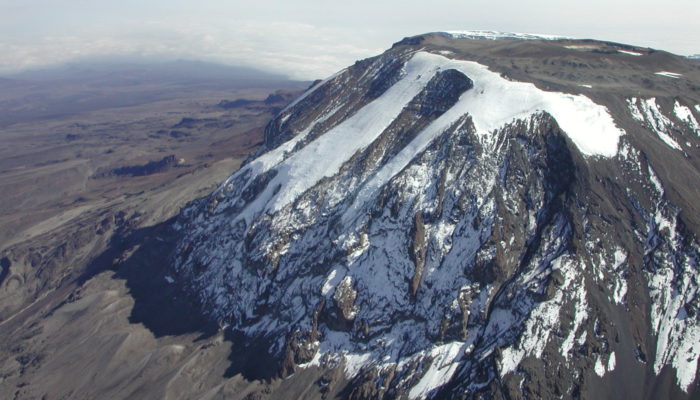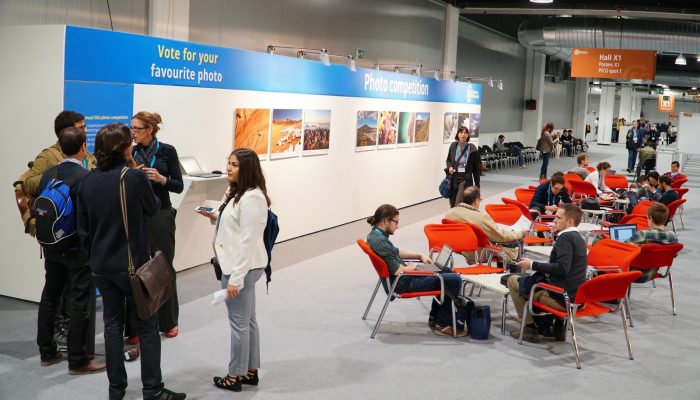650 metres below the chilly waves of the North Atlantic Arctic Ocean, equidistant between Norway, Iceland and Greenland, are the Jan Mayen Vent Fields. Home to a series of hydrothermal vents strung along a set of normal faults and fissures that run parallel to the seafloor ridge, this is a strange and fascinating place. Hydrothermal vents are places where tectonic activity provides a way for the h ...[Read More]
If you didn't find what you was looking for try searching again.
Tectonics and Structural Geology
Istanbul: The city across two continents
Istanbul – an economic, cultural, and historic centre. Its unique geography, natural resources and beauty have drawn the attention of not only geoscientists but also poets, merchants, painters, sculptors, architects, kings and emperors for centuries. Throughout its history, the city has witnessed the rise and fall of some of the world’s greatest empires. Owing to its geopolitically important ...[Read More]
Geodynamics
Understanding intraplate earthquakes
One of the basic tenets of plate tectonics states that deformation occurs along plate boundaries while plate interiors remain almost undeformed. Intraplate earthquakes defy this principle and hence are quite enigmatic. In this week’s News and Views, Prof. Attreyee Ghosh from the Centre for Earth Sciences, Indian Institute of Science, tries to explain the reasons behind intraplate ea ...[Read More]
Geodynamics
Happy blog birthday!
This week, the EGU Blog Team is authorised by me to buy itself a cake with 3 little candles on top to celebrate the fact that we have been blogging about geodynamics for 3 years! Hooray! We have had a particularly successful year, so let’s have a look at what happened. What did we do? At the start of this blog year, we reorganised how the blog team functions to relieve a bit of the pressure ...[Read More]
Hydrological Sciences
The Young Hydrologic Society Stands Against Racism
In reaction to the murders of George Floyd, Ahmaud Arbery, Breonna Tayloy and too many others, we, early career scientists of the Young Hydrologic Society, are taking a stand in solidarity with the Black Lives Matter movement. We pledge to take actionable steps to amplify the voices of Black hydrologists in particular, and our Researchers of Colour colleagues in general, while fighting racial disc ...[Read More]
Cryospheric Sciences
Did you know… the surface of melting glaciers is one of the most radioactive places on Earth?
Recent studies show that glaciers are significantly affected by pollution, and in general by human activities, but few people would imagine that their surface contains traces of nuclear contamination and radioactivity. It has been recently claimed that high amounts of radioactivity have accumulated on glaciers, only beaten by the radioactivity levels of sites where nuclear incidents and tests have ...[Read More]
Cryospheric Sciences
Did you know… tropical cyclones cause large snowfall on Kilimanjaro’s glaciers?
Tropical cyclones are an important part of the weather in the southwest Indian Ocean each year, from November through April. These storms can cause massive destruction and loss of life when they make landfall, which happens most often on the islands of Mauritius and Madagascar and the coastal region of Mozambique. However, until recently, relatively little was known about their impacts on the high ...[Read More]
Geodynamics
An Ode to the Coffee House
This week, Jac van Driel, PhD student at UCL shares with us his deepest thoughts on how to write the manuscript of his PhD thesis. Hoping you will enjoy: “An Ode to the Coffee House”. Like many cordial expressions of civilised society, Covid-19 has plunged café culture to into stasis with the permanence of its condition not yet known. Pre-crisis, my hedonistic consumption of coffee use ...[Read More]
GeoLog
Announcing the winners of the EGU 2020 Photo Competition!
For this year’s Photo Contest, EGU received scores of amazing images capturing a broad spectrum of the geosciences. After the selection committee whittled the field down to 10 finalists, members have been voting for their favourites throughout the week of Sharing Geoscience Online. We’ve had thousands of votes, but now we are very excited to announce the winners. Congratulations to th ...[Read More]
GeoLog
EGU’s 2020 Photo Competition finalists – who will you vote for?
This year’s Photo Competition judging panel did a fantastic job of narrowing down the outstanding photo submissions to the EGU’s Photo Competition to just 10 finalists! The finalist photos are listed below and on the Imaggeos website where you can vote for them from today (27 April) until 7 May 2020. Then three photos with the most votes will be announced online at midday on 8 May! C ...[Read More]

